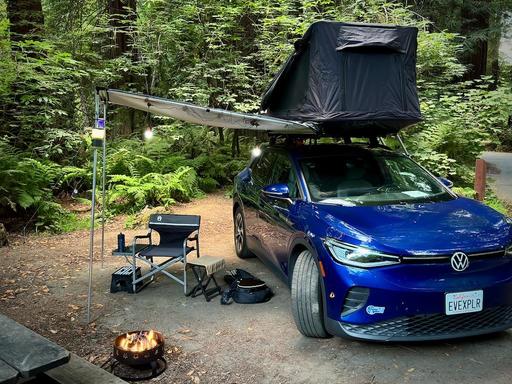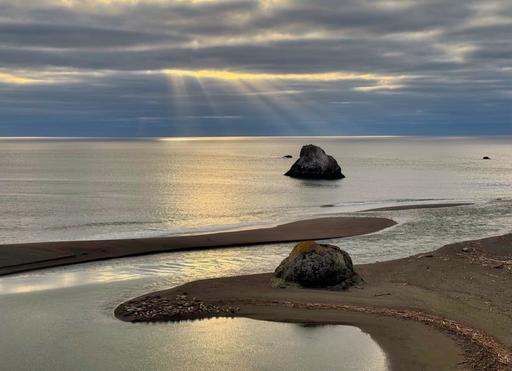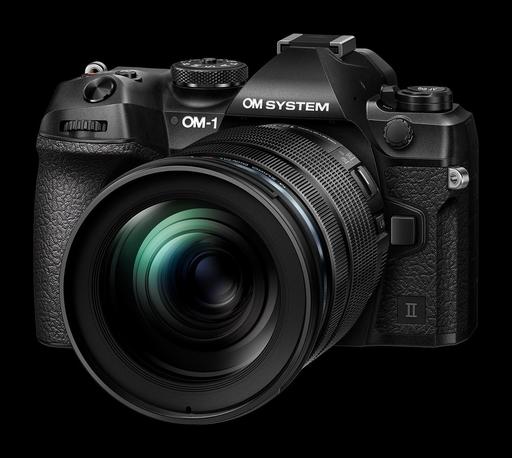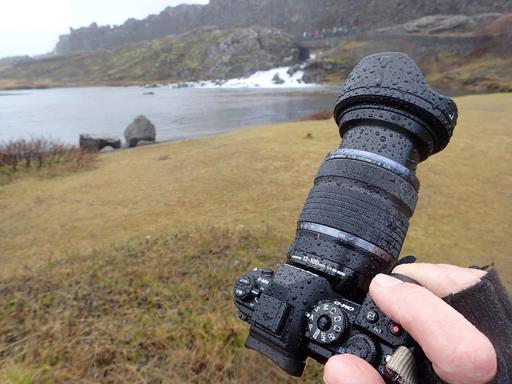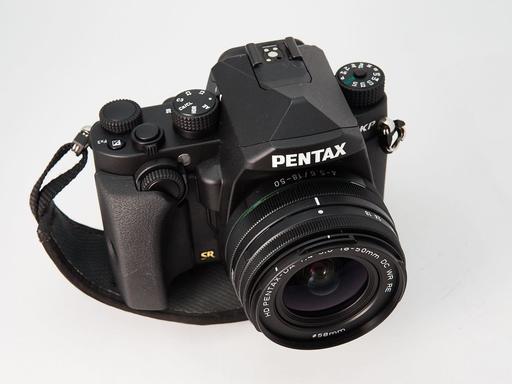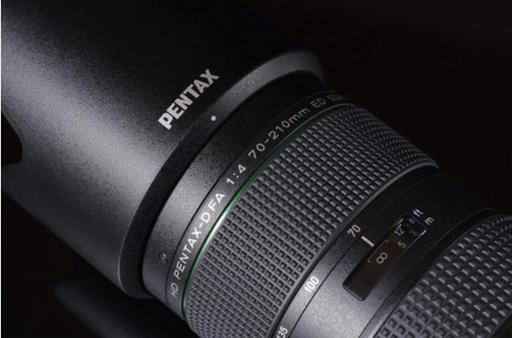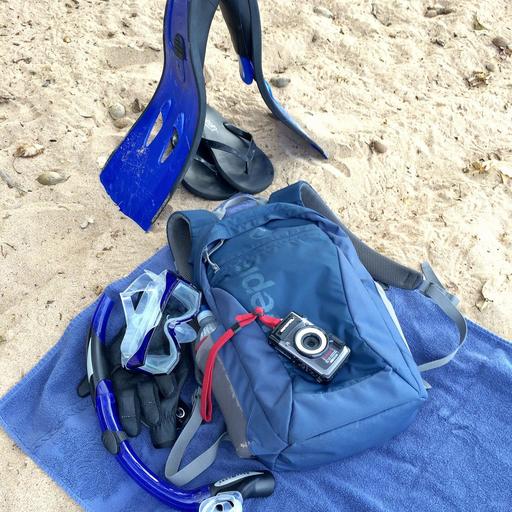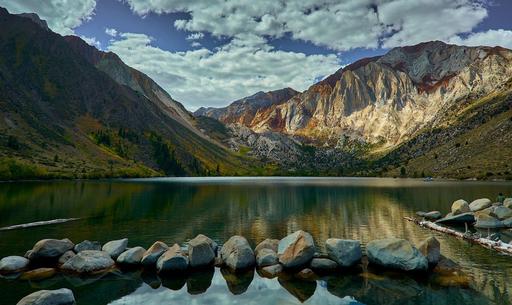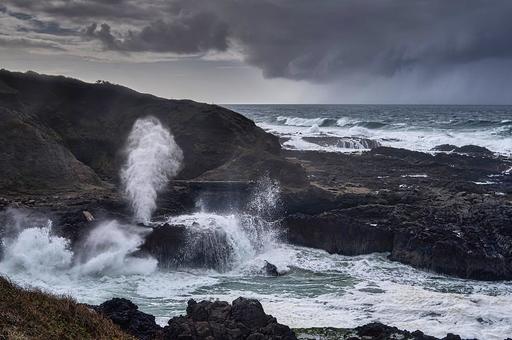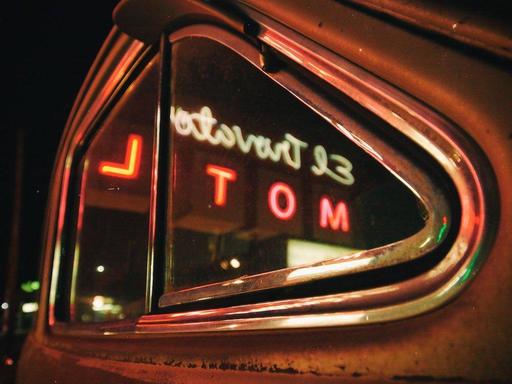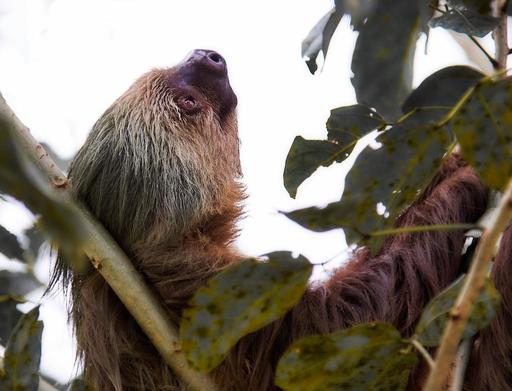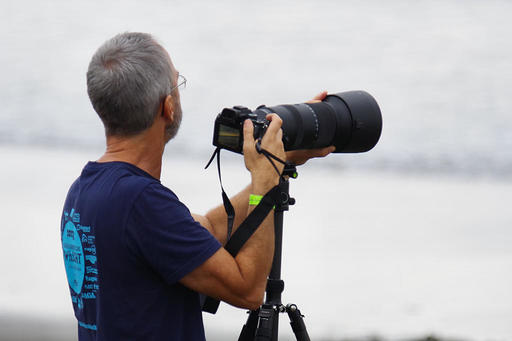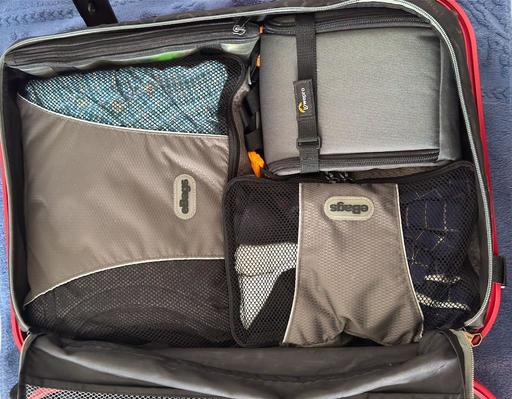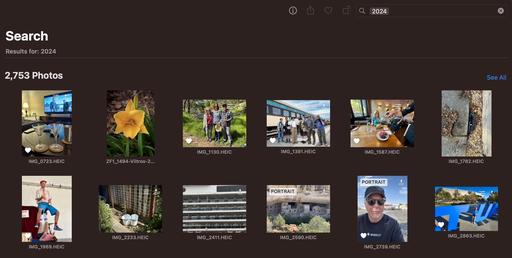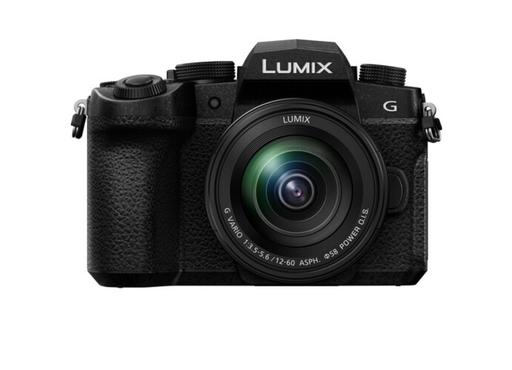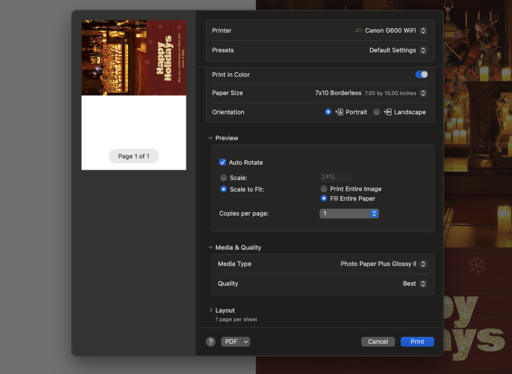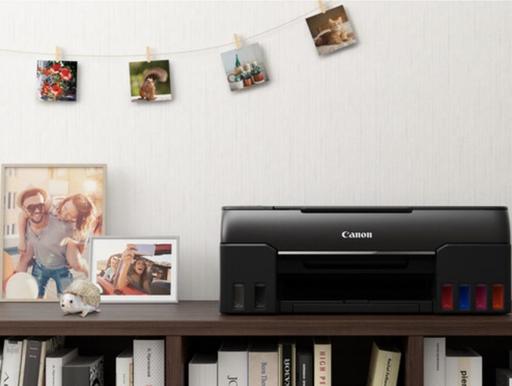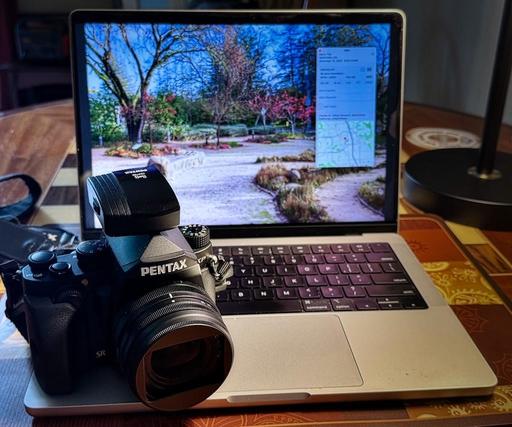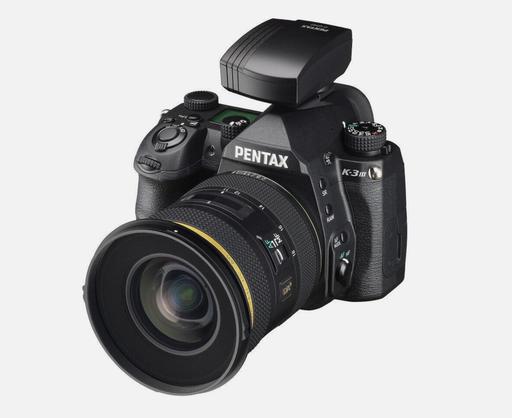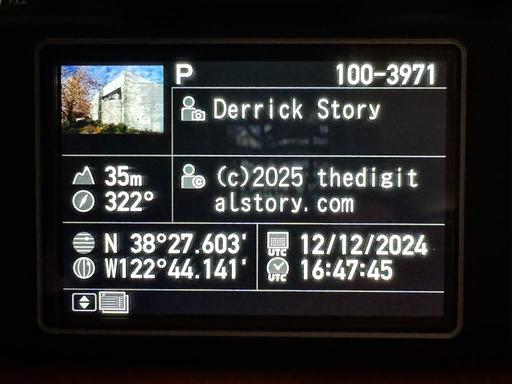This is The Digital Story Podcast #985, Feb. 4, 2025. Today's theme is "Getting Ready for Spring Adventure." I'm Derrick Story.
Opening Monologue
The off-season is a great time of year to prepare for sunnier days ahead. We can take inventory of our gear, shore up the gaps, test new equipment, and start making reservations for upcoming adventures. This week we take a look at how to get the most out of your offseason as you daydream about spring and summer. All of this, and more, on today's TDS Photography Podcast. I hope you enjoy the show.
Tune-In Via Your Favorite Podcast App!
Apple Podcasts -- Spotify Podcasts -- Stitcher
Podbean Podcasts -- Podbay FM -- Tune In
Getting Ready for Spring Adventure
During my college days in Southern California, I ran a residential gardening business. I had an avocado-green Ford Courier pickup truck, a red Snapper lawnmower, a power edger, a weed-eater, hedge-clippers, and lots of hand tools.
The flexibility of owning my own business fit perfectly with my changing course schedule from semester to semester. I typically spent all day on campus three days a week, mowed yards the other three days, and took Sundays off. I graduated with a b.a. in English and a minor in Design with zero debt.
The winters in SoCal were typically mild. So I had plenty to do with pruning back bushes, overseeding lawns, and cleaning up leaves.
When a storm did blow into town, I used the time to work on my equipment. I would sharpen mower blades, perform tune-ups, repair loose handles, reorganize the garage, and shop for replacement items.
I loved these days. I'd have the garage door with the rain falling outside while I listened to music and worked on my equipment. By the time spring rolled around, the garage was completely shipshape and everything was ready to tackle a new growing season.
I found myself reminiscing about those days recently when a storm blew in to Northern California, where I live now. I had to boot hatch up on the VW ID.4, reorganizing the back compartment as I prepared for upcoming scouting and camping trips.
In addition to last year's upgrades - the TentBox Go RTT, Bodega mini-fridge, and Jackery power stations - I'm configuring a second sleeping area inside with the Hele Box car camping platform, new camp chairs, and a bigger Bodega Cooler for longer trips.
While the rain pours outside, I'm testing this gear in the garage - these days with AirPods in my ears instead of a boombox on the shelf. I want to maximize the storage capacity inside the VW, test the different mattress pads I have to determine the best compromise between comfort and portability, and make sure I can access everything quickly when I arrive in camp late at night, dead tired.
My camera gear is a key player in this jigsaw puzzle. After a successful nimble trip to Costa Rica, I've found a sweet spot between capacity and capability. I can pack what I need in my 18.5 liter Lowepro Trekker Lite BP 150 AW backpack that slides under the Hele Box platform and out of sight.
Just like my days in Southern California running my gardening business, I love the off-season for my photography workshops and adventures. Before I know it, I'll be scouting locations up in Klamath for our Spring Photography Event. And I guarantee you, I'll be prepared.
The 7 Best cameras for travel in 2025
You can read the entire article on DPReview.com.
Canon Recommits to Compact Cameras, Will Up Production to Meet Demand
You can read the entire article on PetaPixel.com.
Canon just replaced its best-ever 13-inch / A3+ printer
You can read the entire article on DigitalCameraWorld.com.
Five Photo & Video Innovations to Look Forward to in 2025
You can read the entire article on LensRentals.com.
Virtual Camera Club News
TDS Photography Workshops! Reserve your spot now. We have an exciting slate of online and in-person events. If you have any questions, use the Nimble Photographer Contact Form. I will get back to you ASAP.
The Nimble Photographer Newsletter is now publishing every Thursday. Readers will enjoy a variety of content spanning from short photo essays, to commentary on weekly events, to reviews of the latest and coolest photo gear.
Inner Circle Members: A big thanks to those who support our podcast and our efforts! We are having a blast at our new Inner Circle hangout, the private group I've set up at DerrickStoryOnline. We'd love it if you join us. You can become an Inner Circle Member by signing up at our Patreon site. You will automatically be added to the new hangout.
Great Photography Articles on Live View - If you check out our publication and appreciate what you see, be sure to follow us and clap for those authors. You can find us at medium.com/live-view.
If you're interested in writing for Live View, drop me a line at dstory@gmail.com.
The New Donation Kit for Carefree Shipping of Found Film Cameras - If you've discovered a film camera that's no longer being used, our new Donation Kit makes it easy to pack and ship. Just visit the Contact Form on thenimblephotographer.com, click the box next to Donating a Film Camera, and let me know what you have. In your note, be sure to include your shipping address.
Affiliate Links - The links to some products in this podcast contain an affiliate code that credits The Digital Story for any purchases made from B&H Photo and Amazon via that click-through. Depending on the purchase, we may receive some financial compensation.
Red River Paper - And finally, be sure to visit our friends at Red River Paper for all of your inkjet supply needs.
See you next week!
You can share your thoughts at the TDS Facebook page, where I'll post this story for discussion.
